
House of Slaves: A Journey Through History
Explore the House of Slaves in Dakar, a powerful museum on Gorée Island revealing the stark history of the transatlantic slave trade.
The House of Slaves in Dakar is a poignant museum on Gorée Island, capturing the harrowing legacy of the transatlantic slave trade, offering visitors a powerful glimpse into the past.
A brief summary to House of Slaves
- Dakar, Gorée, SN
- +221776493824
- Tuesday 10:30 am-12 pm
- Wednesday 10:30 am-12 pm
- Thursday 10:30 am-12 pm
- Friday 10:30 am-12 pm
- Saturday 10:30 am-12 pm
- Sunday 10:30 am-12 pm
Local tips
- Visit early in the morning to avoid crowds and make the most of your experience.
- Consider taking a guided tour for deeper insights into the historical significance of the site.
- Don’t miss the Door of No Return, a poignant feature that symbolizes the journey of enslaved individuals.
- Take time to explore Gorée Island’s local markets and enjoy traditional Senegalese cuisine after your visit.
- Wear comfortable shoes, as the island's cobblestone streets can be uneven.
Getting There
-
Ferry
To reach the House of Slaves located on Gorée Island, start your journey at the Ferry Terminal in Dakar, located at Place de l'Indépendance. From there, you can purchase a ticket to Gorée Island. Ferries operate regularly throughout the day, so check the schedule upon arrival. The ferry ride takes approximately 20-30 minutes. Once you arrive at Gorée Island, disembark and follow the main path towards the center of the island where the House of Slaves is located.
-
Walking
After disembarking from the ferry at Gorée Island, walk straight ahead along the main avenue, which is lined with shops and local vendors. Continue walking for about 5-10 minutes until you reach the central square, known as Plage de Gorée. From the square, follow the signs towards the House of Slaves, which is a short 5-minute walk east of the square. The building is hard to miss, with its distinctive yellow facade and historical significance.
-
Guided Tour
If you prefer a more informative experience, consider joining a guided tour once you reach Gorée Island. Many local guides are available near the ferry terminal and can provide valuable insights into the history and significance of the House of Slaves and the island itself. This option often includes walking to various historical sites on the island, including the House of Slaves.
Discover more about House of Slaves
Iconic landmarks you can’t miss
Mémorial Gorée-Almadies
0.3 km
Explore the Mémorial Gorée-Almadies, a powerful monument honoring the resilience of the Senegalese people and their rich cultural heritage.
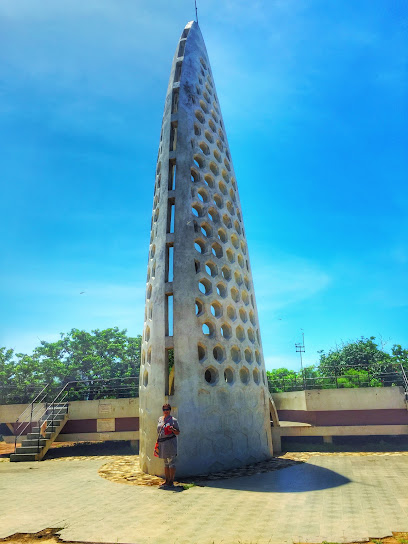
Statue of Emancipation
0.4 km
Discover the Statue of Emancipation in Dakar, a powerful historical landmark symbolizing freedom and resilience on Gorée Island.
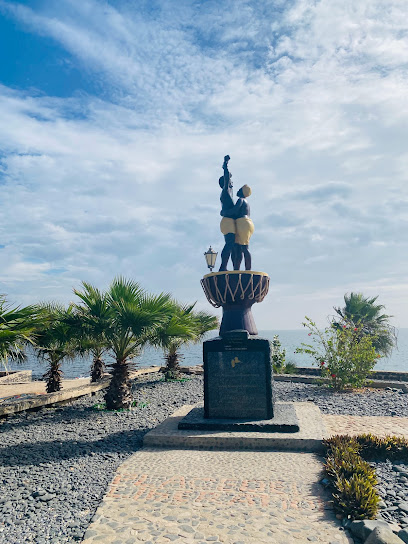
Présidence du Sénégal
3.8 km
Experience the grandeur of the Présidence du Sénégal, a symbol of national pride and political heritage in the heart of Dakar.

Monument Demba et Dupont
3.9 km
Explore the Monument Demba et Dupont in Dakar, a historical landmark celebrating Senegal's cultural heritage and the legacy of its influential figures.
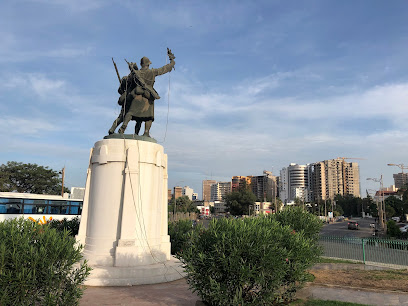
Avenue place 71,Dakar
4.3 km
Explore Avenue Place in Dakar, a historical landmark that showcases the rich cultural heritage and architectural beauty of Senegal.
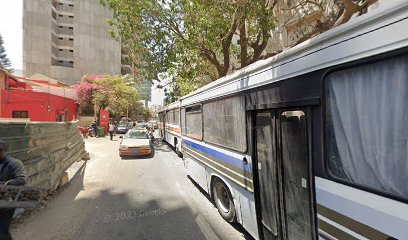
Phare du Cap Manuel
4.3 km
Discover Phare du Cap Manuel, a scenic lighthouse in Dakar offering stunning ocean views and a glimpse into Senegal's rich maritime history.
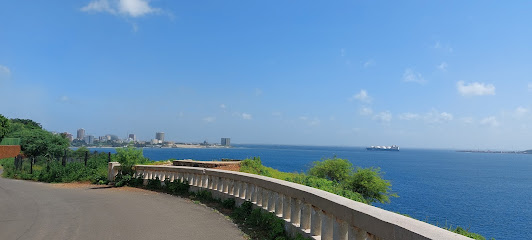
Statue
4.4 km
Explore the rich history and vibrant culture surrounding the majestic Statue in Dakar, a must-see historical landmark for every traveler.
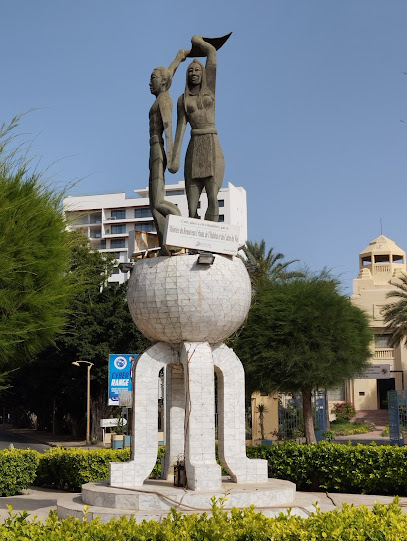
DAKAR
4.4 km
Discover Dakar, where vibrant culture meets stunning coastlines, showcasing Senegal's rich history and artistic spirit in a dynamic urban setting.
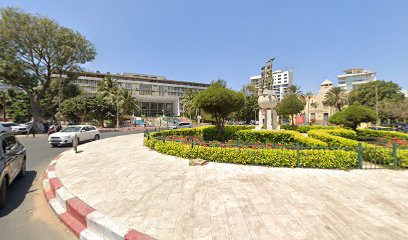
Cap Manuel
4.5 km
Explore Cap Manuel, a stunning scenic spot in Dakar offering breathtaking views of the Atlantic Ocean and a glimpse into local culture.
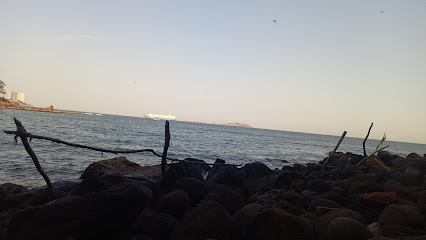
Cimetière Bel-Air
4.6 km
Discover the tranquil beauty and rich cultural heritage of Cimetiere Bel-Air, a serene cemetery and historical site in the heart of Dakar.
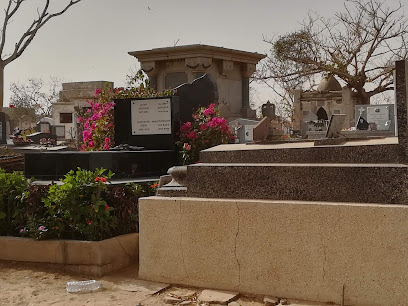
MARCHE TILENE
5.9 km
Discover the vibrant heart of Dakar at Marche Tilene, where local flavors, crafts, and culture come together in an unforgettable market experience.
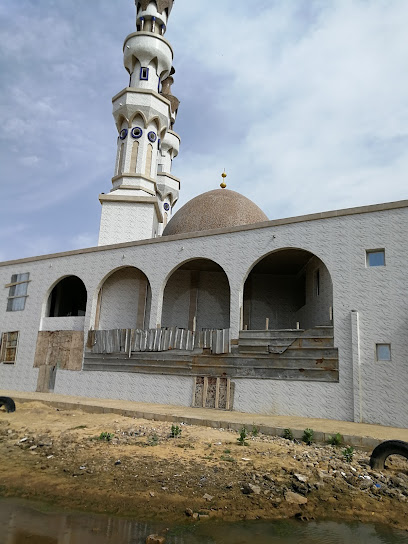
Obelisk Square
6.2 km
Discover the historical significance and vibrant culture at Obelisk Square, a must-visit landmark in Dakar, Senegal.

Rond-Point Sahm
6.3 km
Experience the vibrant culture and local flavors at Rond-Point Sahm, a must-visit tourist attraction in the heart of Dakar, Senegal.
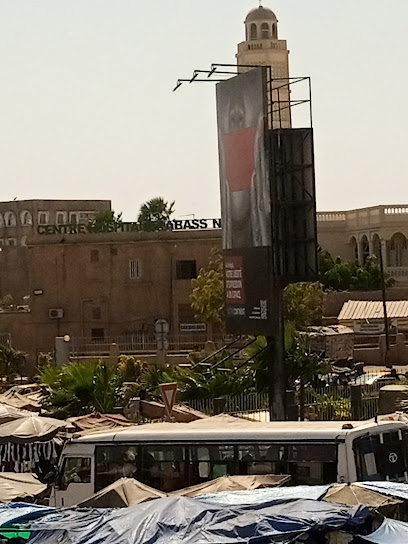
Espace Medina
6.3 km
Discover the vibrant culture of Senegal at Espace Medina, a must-visit museum brimming with history and artistic expression in the heart of Dakar.
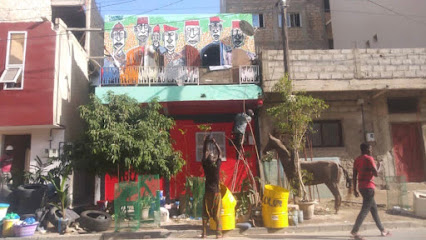
Cimetier Muslim Hann-Bel Air
7.3 km
Explore the peaceful Cimetier Muslim Hann-Bel Air, a historical cemetery in Dakar, showcasing rich artistry and cultural significance.
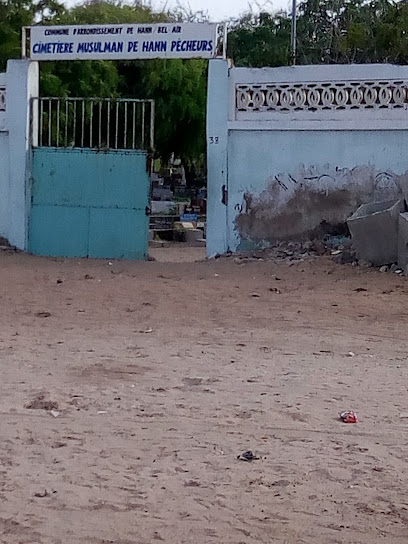
Unmissable attractions to see
Goree Island
0.2 km
Explore Goree Island, a UNESCO World Heritage Site, to experience its rich history, stunning architecture, and vibrant local culture.
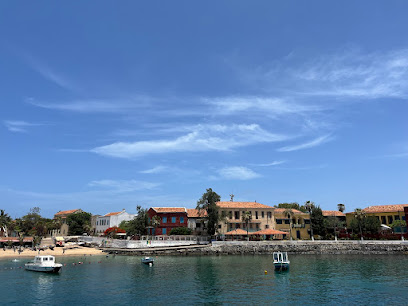
Gorée
0.2 km
Discover the historical significance and natural beauty of Gorée Island, a UNESCO World Heritage site near Dakar, Senegal.
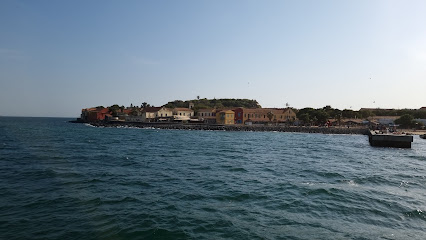
IFAN Historical Museum
0.4 km
Explore the IFAN Historical Museum in Dakar, a treasure trove of Senegal's rich cultural heritage and history through captivating artifacts and exhibits.
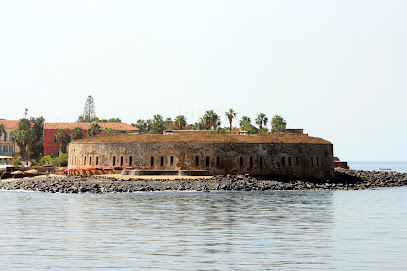
Cool
3.1 km
Experience the tranquility of Cool Garden, a serene oasis in the heart of Dakar, ideal for relaxation and nature appreciation.
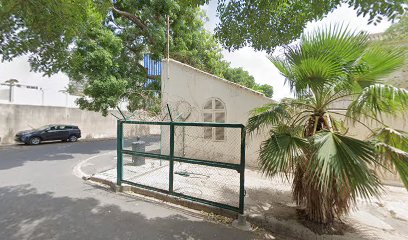
Casino Du Port
3.2 km
Experience the excitement of gaming and nightlife at Casino Du Port, a premier entertainment destination in Dakar, Senegal.
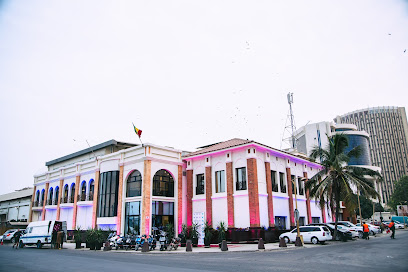
Marché Kermel
3.4 km
Explore the vibrant Marché Kermel in Dakar for a taste of local culture, delicious cuisine, and unique handcrafted treasures.
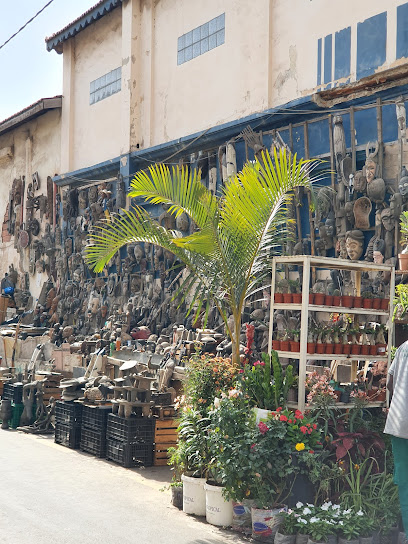
Embarcadère Île de Gorée
3.8 km
Explore the rich history and vibrant culture of Île de Gorée, a UNESCO World Heritage site near Dakar, Senegal, and a must-visit for every traveler.

Leopold Sedar Senghor French Institute
4.1 km
Explore the vibrant cultural tapestry at the Leopold Sedar Senghor French Institute, a premier destination for art and creativity in Dakar.
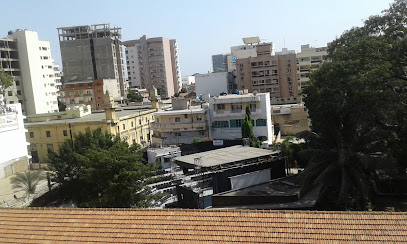
The Museum of Black Civilisations
4.2 km
Discover the vibrant history and culture of Africa at The Museum of Black Civilisations in Dakar, a must-visit destination for cultural enthusiasts.
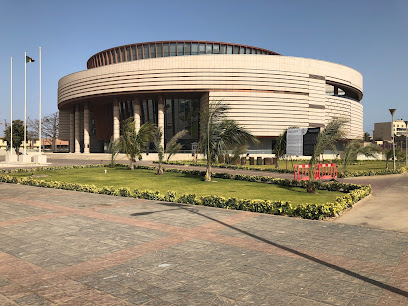
OH GALLERY
4.2 km
Explore contemporary art at OH Gallery, a vibrant cultural hub in Dakar showcasing local artists and their stories.
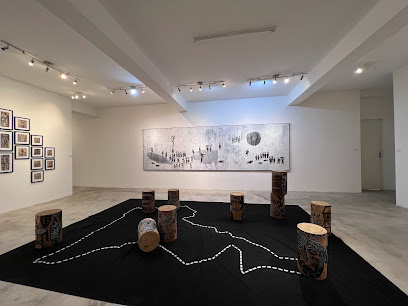
Cathédrale du Souvenir Africain
4.3 km
Experience the beauty and cultural significance of the Cathédrale du Souvenir Africain in Dakar, a serene landmark celebrating African heritage.
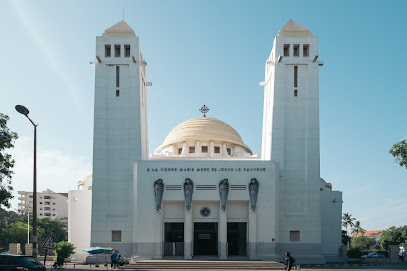
Cathedral of Our Lady of Victories
4.3 km
Explore the stunning architecture and serene atmosphere of the Cathedral of Our Lady of Victories in Dakar, a must-see for every traveler.
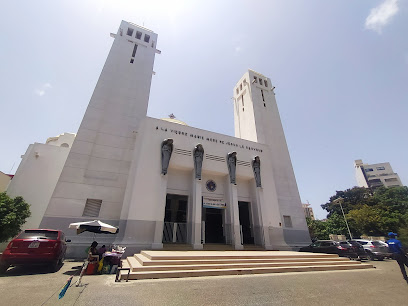
Marché Sandaga
4.3 km
Explore the lively Marché Sandaga in Dakar - a cultural hub filled with local crafts, delicious cuisine, and vibrant market life that embodies Senegal's spirit.
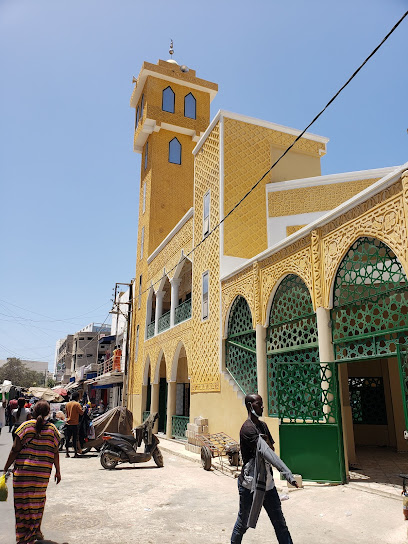
IFAN Museum of African Arts
4.4 km
Explore the rich tapestry of African culture at the IFAN Museum of African Arts in Dakar, showcasing a diverse collection of traditional art and artifacts.
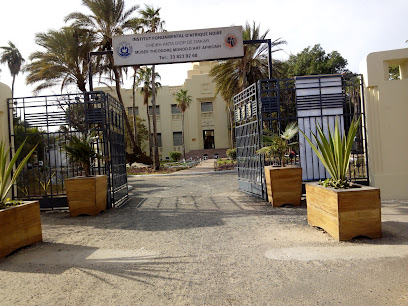
MUSEE DES CIVILISATIONS NOIRES, AUTOROUTE PROLONGEE, PLACE DE LA GARE, DAKAR SENEGAL
4.7 km
Discover Africa's rich cultural heritage at Musée des Civilisations Noires in Dakar, a landmark archaeological museum showcasing the continent's art and history.
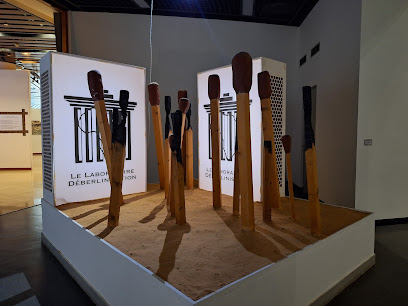
Essential places to dine
DakySushi
3.2 km
Experience authentic Japanese flavors at DakySushi, a premier sushi restaurant in Dakar known for its fresh ingredients and creative dishes.

Mood Café & Restaurant
3.2 km
Experience exquisite dining at Mood Café & Restaurant in Dakar - where local flavors meet international cuisine in a vibrant setting.
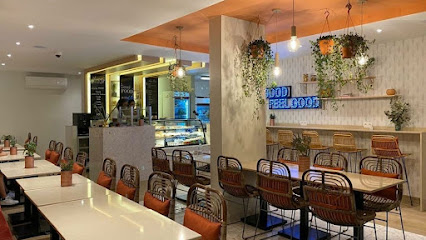
La Fourchette
3.3 km
Discover culinary excellence at La Fourchette in Dakar - where local flavors meet international cuisine in an unforgettable dining experience.
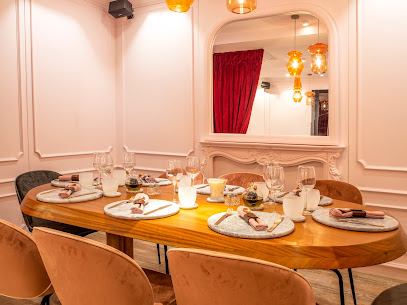
Restaurant Le Lagon 1
3.4 km
Experience exquisite Senegalese cuisine at Restaurant Le Lagon 1 in Dakar - a culinary gem with stunning ocean views.
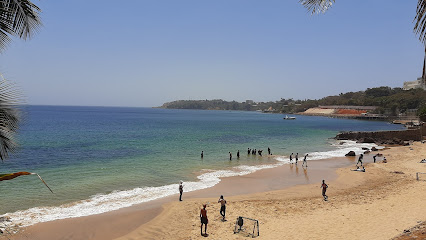
Restaurant Le Dagorne
3.4 km
Discover the vibrant flavors of Senegal at Restaurant Le Dagorne in Dakar - where culinary tradition meets modern flair.
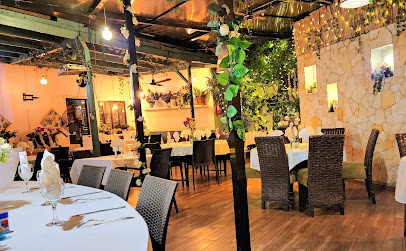
Restaurant le Kermel
3.4 km
Discover the exquisite fusion of French cuisine and local flavors at Restaurant le Kermel in Dakar.
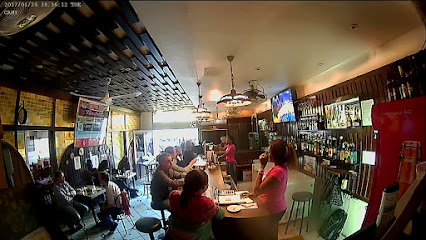
La pampa
3.6 km
Experience authentic Argentinian flavors at La Pampa in Dakar - where culinary passion meets exceptional dining.

Il Pappagallo
3.6 km
Discover authentic Italian flavors at Il Pappagallo in Dakar – where culinary tradition meets local charm.
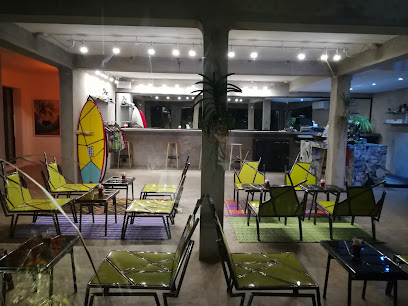
Le Coste
3.7 km
Discover authentic Senegalese flavors at Le Coste in Dakar - where every dish tells a story of local tradition and culinary excellence.
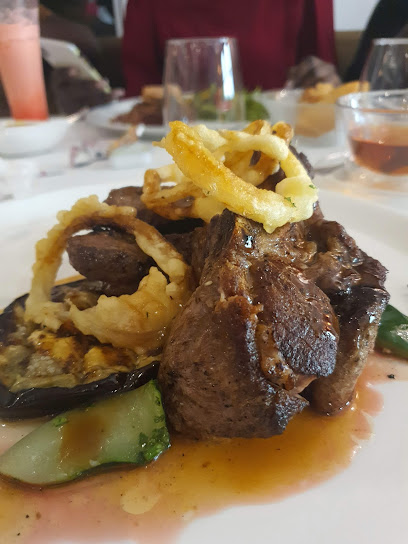
impérial Bar, brasserie et restaurent
3.8 km
Discover delicious Senegalese cuisine in a vibrant setting at L'Impérial Bar & Brasserie in Dakar's historic Independence Square.
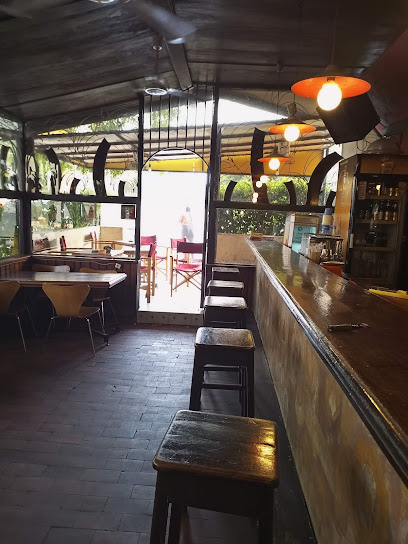
Nostra Restaurant
3.8 km
Experience authentic Italian cuisine at Nostra Restaurant in Dakar - where tradition meets flavor amidst vibrant surroundings.

Restaurant du Centre
3.9 km
Experience authentic Senegalese cuisine at Restaurant du Centre in Dakar-Plateau - a culinary haven for travelers seeking local flavors.
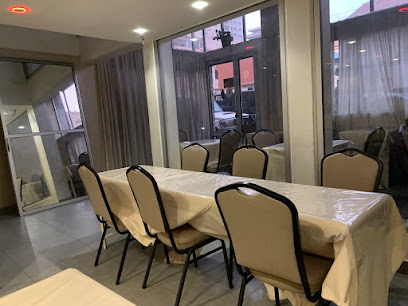
La Parrilla
4.0 km
Experience exceptional Senegalese flavors at La Parrilla - where culinary tradition meets contemporary elegance in the heart of Dakar.
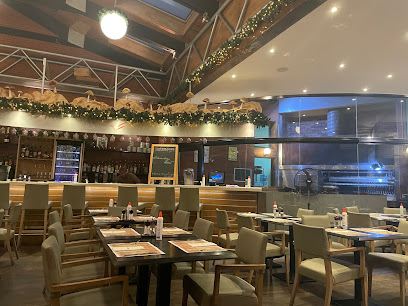
LE MISTRAL RESTAURANT
4.0 km
Discover a unique fusion dining experience at Le Mistral Restaurant in Dakar, blending local flavors with global culinary artistry.
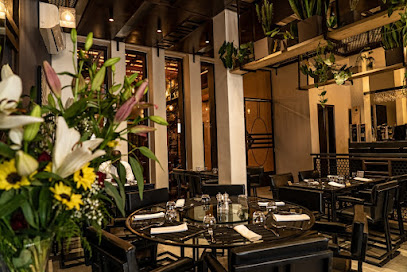
Restaurant Terrasse Farid
4.0 km
Experience authentic Lebanese cuisine at Restaurant Terrasse Farid in Dakar – where every dish tells a story.
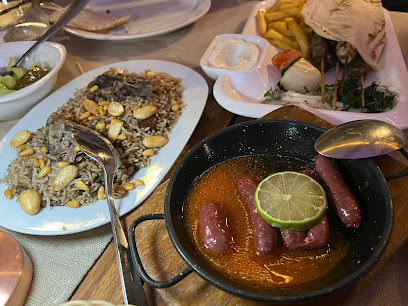
Markets, malls and hidden boutiques
Arka Concept Store
3.2 km
Explore the vibrant Arka Concept Store in Dakar for unique gifts and local treasures that celebrate Senegal's rich culture.
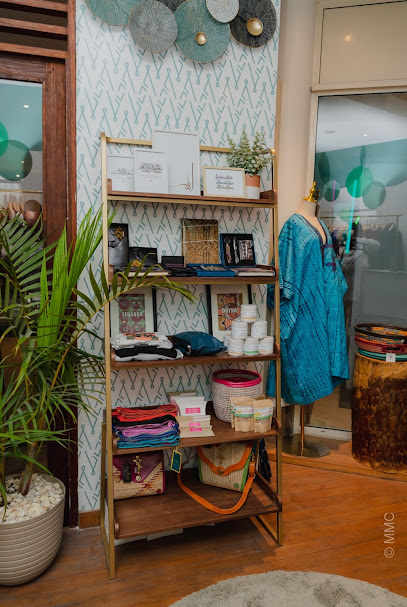
Sénégal Free Store
3.5 km
Explore the vibrant flavors of Senegal at Sénégal Free Store, where local culture meets culinary delight in the heart of Dakar.
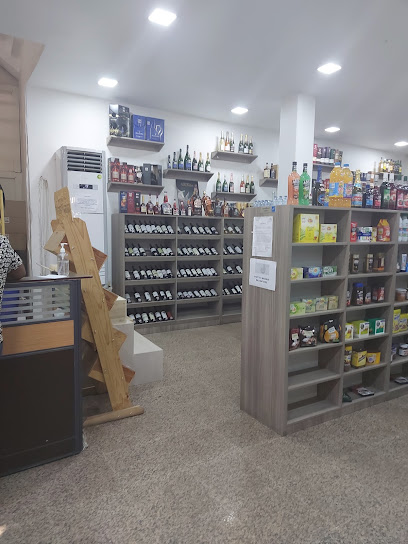
PAVACHI LUXURY STORE
3.7 km
Discover luxury shopping in Dakar at Pavachi Luxury Store, featuring exclusive fashion and accessories in a sophisticated boutique setting.
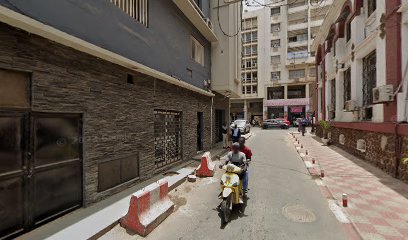
Dakado Créateur de cadeaux
3.7 km
Explore Dakado Créateur de cadeaux: Your gateway to authentic African handicrafts and unique souvenirs in Dakar.

Le Sandaga | Boutique
3.9 km
Discover unique fashion accessories and handcrafted home goods at Le Sandaga, a boutique showcasing Senegalese craftsmanship in Dakar.
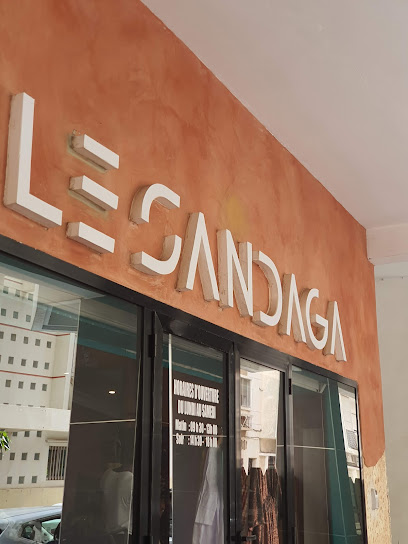
Kids around Sénégal
3.9 km
Discover fashionable children's clothing at Kids around Sénégal in the heart of Dakar, blending style and comfort for your little ones.

Le Grand Bazar
4.0 km
Immerse yourself in the vibrant culture of Dakar at Le Grand Bazar, where local crafts and unique souvenirs await every traveler.
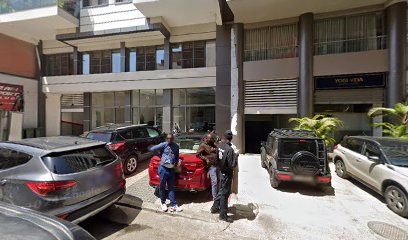
Marse
4.2 km
Discover unique souvenirs and local handicrafts at Marse, a delightful gift shop in the heart of Dakar, celebrating Senegalese culture and craftsmanship.
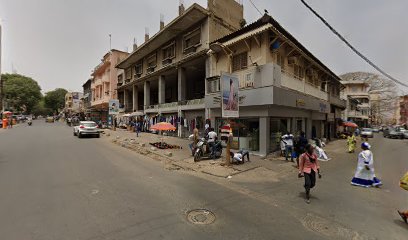
La surprise
4.2 km
Explore the vibrant arts and crafts at La Surprise, a charming home goods store in Dakar, reflecting the rich cultural heritage of Senegal.
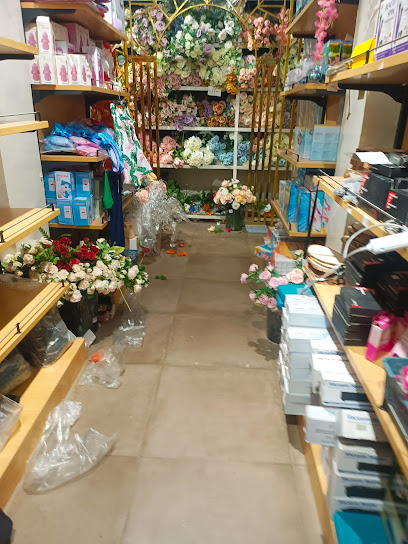
escale beauty shop
4.3 km
Explore the essence of beauty at Escale Beauty Shop, a boutique in Dakar offering local and international beauty products tailored for every need.
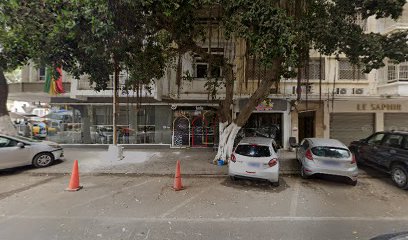
Antique Wax original dakar
4.4 km
Explore the vibrant fashion scene at Antique Wax in Dakar, where unique clothing reflects the rich culture of Senegal.
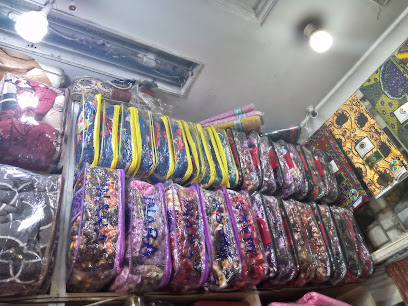
Nahyel - Boutique de Cadeaux Dakar
4.5 km
Explore the vibrant world of Senegalese craftsmanship at Nahyel, Dakar's premier gift shop for unique souvenirs and local treasures.
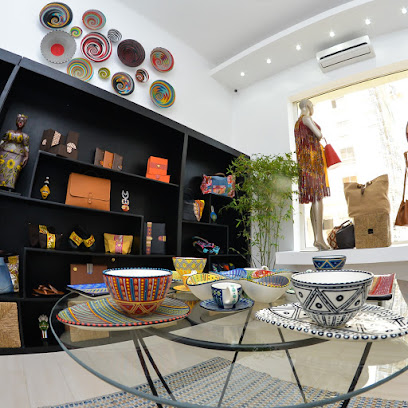
Carrefour des arts
4.5 km
Discover unique handcrafted souvenirs and local art at Carrefour des Arts, a charming gift shop in the heart of Dakar, celebrating Senegalese culture.
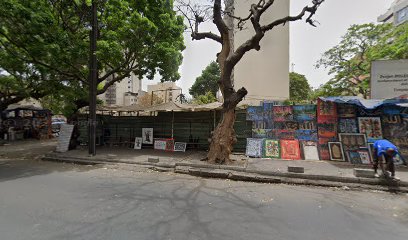
Marche souvenir
4.5 km
Discover unique handmade gifts and traditional crafts at Marche Souvenir, the perfect stop for memorable souvenirs in Dakar.
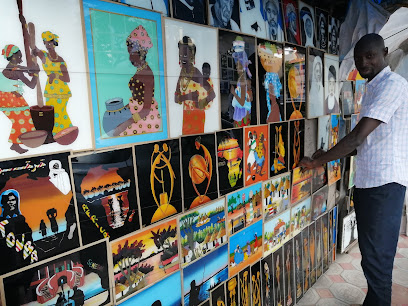
Boutique Tshirt
4.6 km
Explore Boutique Tshirt, Dakar's premier gift shop for unique souvenirs that embody the spirit of Senegalese culture.
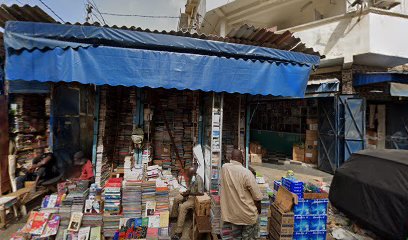
Essential bars & hidden hideouts
LA CAVE
3.6 km
Experience Dakar's finest wine cellar, La Cave, where exquisite local and international wines meet a cozy ambiance for the perfect outing.
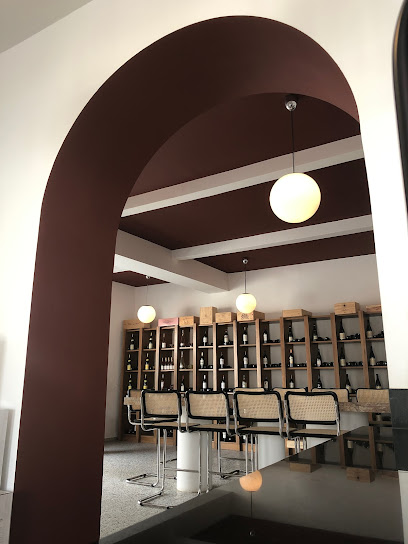
Le Mandingo Teranga
3.7 km
Experience the vibrant nightlife of Dakar at Le Mandingo Teranga, where drinks, music, and culture come together for an unforgettable evening.
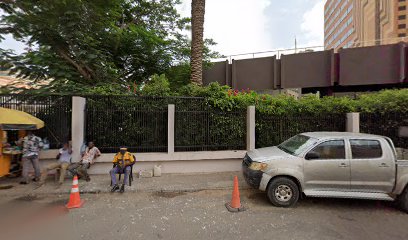
Lun's
3.9 km
Discover the vibrant nightlife at Lun's, a bar in Dakar offering stunning ocean views and a lively atmosphere perfect for socializing and relaxation.
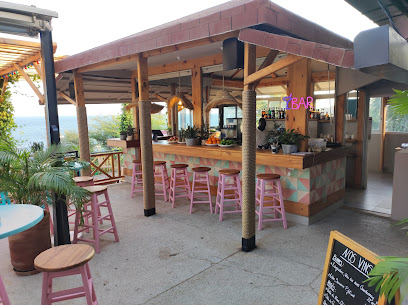
der
3.9 km
Discover the lively atmosphere of der Bar in Dakar, where vibrant nightlife meets delicious cocktails and local music.
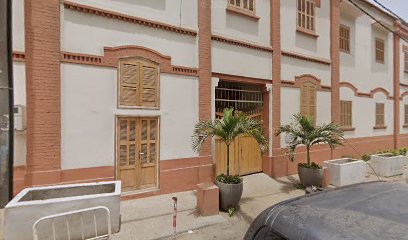
Viking Pub
4.0 km
Discover Viking Pub, a lively bar in Dakar offering a unique blend of local culture, vibrant atmosphere, and delicious drinks.
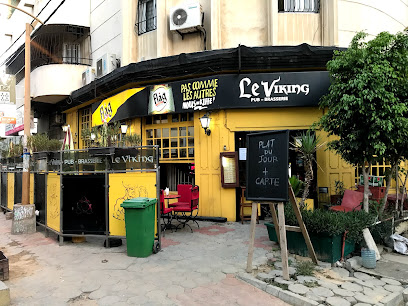
Sky Net Bar
4.0 km
Discover the vibrant nightlife of Dakar at Sky Net Bar, where great drinks and a lively atmosphere await you.

La Véranda
4.1 km
Discover La Véranda in Dakar for a unique lounge experience blending relaxation, vibrant culture, and delightful drinks.
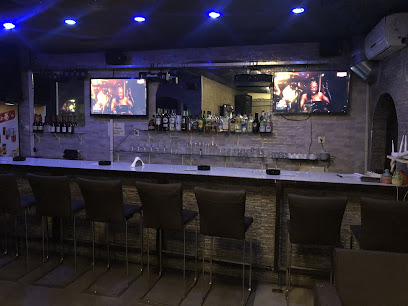
L'Archibar
4.2 km
Discover the flavors of Senegal at L'Archibar, a vibrant restaurant in Dakar offering a unique blend of traditional and contemporary cuisine.
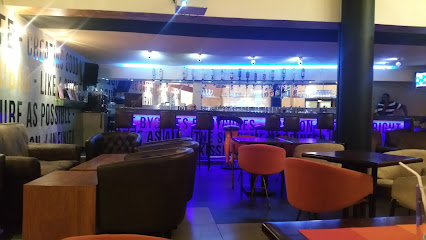
bar
4.6 km
Discover Dakar's nightlife at this charming bar, where local flavors and vibrant ambiance create unforgettable experiences.

Senegal PUB
5.1 km
Discover the essence of Senegal's nightlife at Senegal PUB in Dakar, where local flavors and vibrant ambiance come together for an unforgettable experience.

Jiiht
5.9 km
Discover the vibrant nightlife of Dakar at Jiiht, where local culture and refreshing drinks come together for an unforgettable experience.

Com Pub Telecentre
6.1 km
Experience the vibrant nightlife of Dakar at Com Pub Telecentre, a lively bar offering local drinks and a cultural hub for all visitors.

CHEZ DANNY
6.3 km
Discover the lively spirit of Dakar at Chez Danny, a vibrant bar where local culture and nightlife come alive.
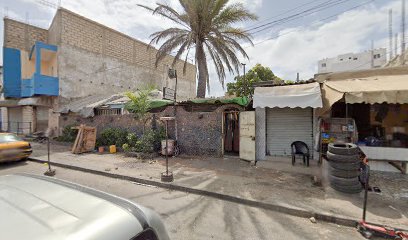
Lumière Bleu
6.3 km
Discover the lively ambiance and refreshing drinks at Lumière Bleu, a must-visit bar in the heart of Dakar, Senegal.
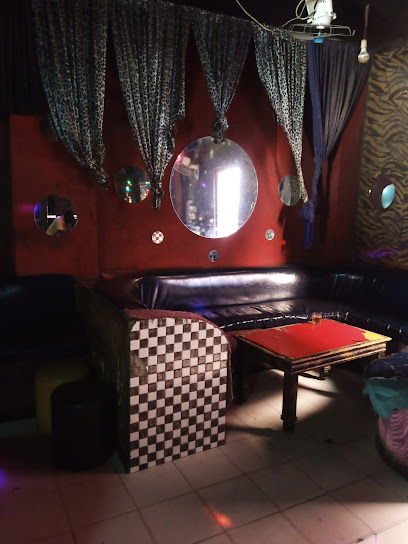
LE ZIO
6.6 km
Discover the lively atmosphere and delightful flavors at LE ZIO, Dakar's premier lounge for locals and tourists alike.




